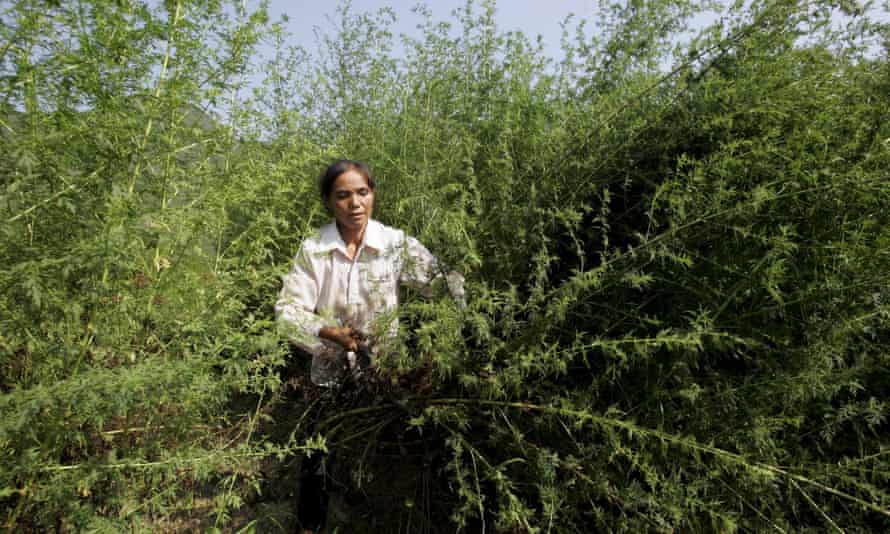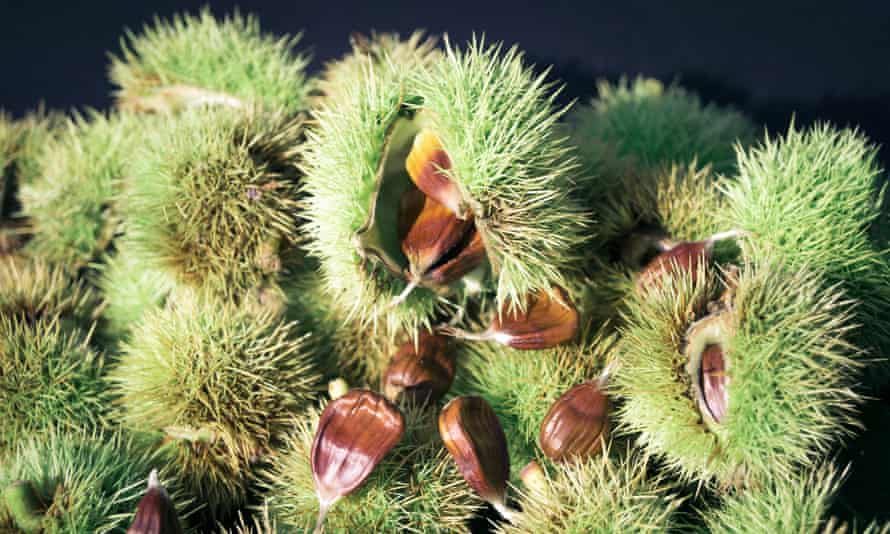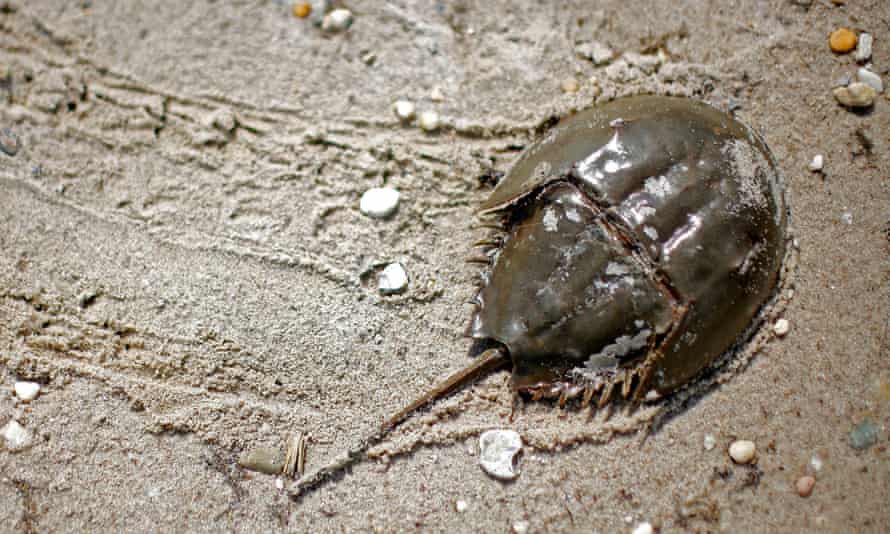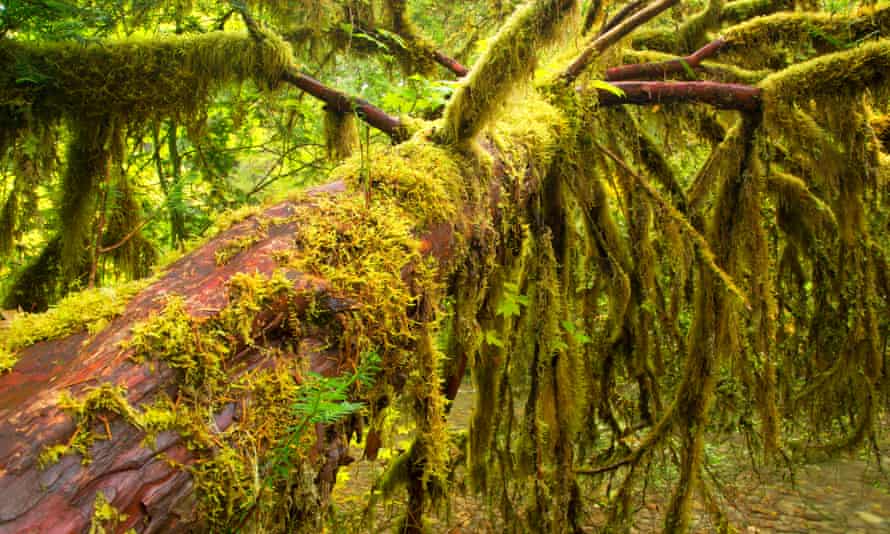How biodiversity loss is jeopardising the drugs of the future

From willow bark to mosquitoes, nature has been a source of vital medications for centuries. But species die-off caused by human activity is putting this at risk
What will biodiversity loss mean for drug discovery?
Traditionally used as a painkiller for headaches, snowdrops are now known to slow the onset of dementia. In the 1950s, a natural alkaloid called galantamine was extracted from the bulbs. Today, a synthesised version of this is used to treat Alzheimer’s disease and scientists are investigating further to see if snowdrops might also be effective in the treatment of HIV.
However, over-harvesting has resulted in many snowdrop species becoming threatened. The snowdrop isn’t alone – plants are an abundant source of potential new medicines, often providing us with chemical templates for the design of novel drugs. Yet scientists across the globe say unsustainable use of wild medicinal plants is contributing to biodiversity loss and could limit opportunities to source medicines from nature in the future.
Dr Cassandra Quave, medical ethnobotanist and associate professor at Emory University, Atlanta, Georgia, says: “Just at the time we need them most, we are at risk of losing many important species.”
A long history of health

Humans have been using nature to heal since before written language. The first documented evidence was found on a 5,000-year-old slab of clay from Nagpur in India, which refers to more than 250 plants. Traditional Chinese medicine dates back thousands of years, the earliest found writings on pieces of tortoiseshell and bone from the 15th century BC. The Ebers papyrus, a 3,500-year-old Egyptian scroll, mentions willow bark from which aspirin was later developed.
Dr Melanie-Jayne Howes, lead researcher in biological chemistry at Kew Gardens, explains how they take traditional remedies and investigate to see if there is a real scientific basis for their use.
“The antimalarial drug artemisinin, found in sweet wormwood, was developed in this way. Sweet wormwood had been used in traditional Chinese medicine for thousands of years to treat fevers, which can be a symptom of malaria. Artemisinin and its derivatives now play a key role in our fight against malaria.”
Humanity’s biggest killers

Penicillin, morphine and some of the most effective cancer chemotherapeutics we have today all derive from natural sources and many of humanity’s biggest killers, including cancer and heart disease, are treated with medicines that originate from plants and fungi. According to the World Health Organization, 11% of the world’s essential medicines derive from flowering plants.
Recent discoveries include farnesol, found in fruits and herbs, used to treat Parkinson’s disease. Water hyssop, used for centuries across Asia to improve brain function, has recently been shown to reduce inflammation in the brain. And a protein isolated from beetroot is being explored as a target for neurodegenerative and inflammatory diseases, such as Alzheimer’s and multiple sclerosis.
In June this year, scientists isolated a molecule, extracted from the leaves of the European chestnut tree, with the power to neutralise dangerous, drug-resistant staph bacteria. They hope to synthesise a drug that will treat methicillin-resistant Staphylococcus aureus (MRSA) despite its resistance to antibiotics.
Quave says: “In the pre-antibiotic era, it was not unusual to die from childbirth and surgery due to infection. Even a simple scratch in the garden could lead to a fatal infection. The threat of antimicrobial resistance is effectively a return to similar conditions: the post-antibiotic era. Today, we lose an estimated 700,000 people across the globe each year due to antimicrobial-resistant (AMR) infections. By 2050, it is estimated that 10 million a year will die due to AMR infections. I believe nature holds the key to battle these and other emerging health threats.”
A deep-sea cure for cancer

Medicines are found in every corner of the Earth. Fungi growing on the hairs of sloths could be used to fight off parasites, bacteria and cancer. Snake venom-derived drugs treat heart conditions. Scientists have even discovered a marine bacterium living at depths of up to 6,500ft that they hope could provide a cure for aggressive brain cancer.
Nature’s resources can be used in other ways too, to facilitate research or medical procedures. The bright-blue blood of the horseshoe crab has long been used to detect impurities in medicines and vaccines and was used in the development of Covid vaccines.Micro-algae, known as diatoms, have porous cell-wall structures so can be used as vehicles for drug delivery into the body. They are also being investigated for use in immunotherapy and combination therapy to treat cancer.
Other applications take inspiration from nature. A glue that mimics the natural adhesive made by barnacles helps wounds heal more quickly. A sharkskin-inspired, bacteria-proof material is used in urinary catheters and deep-wound dressings. A hypodermic needle that mimics a mosquito’s proboscis promises to give almost painless injections.
How little we know

However, we are losing species before we are even aware of them. Pollution, over-exploitation of natural resources, introduction of invasive species, change of land use and degradation through urbanisation and agriculture – human activity is the primary cause of biodiversity loss. Now, experts are asking, could biodiversity loss be as great a threat to humans as climate change?
Howes says: “People have only harnessed the properties of a relatively small number of species. Some of the chemicals that plants and fungi produce are so complex we still can’t produce them synthetically – take vincristine, used in the treatment of children’s leukaemia, and vinblastine, used to treat Hodgkin’s disease.”
The rate of species loss is estimated to be between 1,000 and 10,000 times higher than the natural extinction rate, although it is impossible to know for sure as we have no idea how many species actually live on Earth, with estimates ranging between 5.3m and 1tn. However, we do know that the rate of extinction is accelerating. Wildlife populations have fallen by more than two-thirds in less than 50 years, according to the WWF, while the International Union for Conservation of Nature (IUCN) estimates that almost a third of all species are threatened with extinction.
The most diverse group of all

According to Ross Piper, entomologist, zoologist and visiting research fellow at the University of Leeds, we’ve scarcely scraped the surface of the potential pharmaceutical use of what is the most diverse group of all living creatures.
Piper says: “We’ve described just over a million species of insects, but there are millions more out there. And even the ones that have a name, for the vast majority that’s all we know. In terms of ecology, how they live, where they live, what other species they interact with – none of that is known. With every bit of habitat that’s lost, we’re guaranteed to be losing species that are unique in the universe.”
Insects can be found in every terrestrial and freshwater habitat on Earth. To protect themselves from – or prey on – the enormous range of organisms they come into contact with, insects have evolved a huge array of chemical cocktails. These include antimicrobial compounds produced by larvae, which can be used as antiviral or antitumour agents, and venom such as that of the Polybia paulista wasp, which is thought to target and destroy cancer cells.
But specimens with medical potential are typically hard to find due to the sheer numbers of insects available to investigate. Insects are very difficult to rear in captivity and, as they are so small, it is hard to extract sufficient quantities of the useful material. Now, however, scientists can mine an organism’s entire DNA.
“It’s historically a neglected area,” says Piper. “In the past, research was limited to species that could be reared in captivity in huge numbers, things such as crickets and soldier flies. Now we can get enough from just a couple of individuals, rather than thousands or millions.”
Medicines for future generations

A rise in demand for naturally derived medicines is, according to a report released by Kew Gardens in 2020, a driving factor in biodiversity loss. Among the species over-harvested, the horseshoe crab is now classified as vulnerable and the tri-spine horseshoe crab is locally extinct in Taiwan. The Pacific yew, the original source of the chemotherapy drug paclitaxel, is classed as near-threatened by the IUCN and its population is still in a downward spiral towards extinction.
“Thousands of Pacific yew trees were needed to obtain enough paclitaxel for clinical use,” says Howes. She explains how a greater understanding of plant chemistry can help scientists find more sustainable ways to derive medicines from nature to safeguard essential medicines for future generations.
“We now have a much better understanding of biosynthetic pathways, the ways plants and fungi produce chemicals. We can transfer these biosynthetic pathways to other organisms like yeast. Yeast cell factories then take on the role of making those medicinal chemicals, reducing the need to harvest species from the wild. This approach has already been used successfully to boost yields of artemisinin.”
At Kew, specimens from around the world are being stored in seed banks. They are discovering – and so conserving – new species by reading plant and fungi DNA. They are examining the level of threat to species in order to add them to the IUCN Red List of Threatened Species, which guides conservation strategies and policy. In biodiversity hotspots, such as those in the tropics, Kew is raising local awareness of the importance of plant life and influencing national authorities to prioritise the protection of plants and their habitats.
Elsewhere, AI and citizen scientists are helping to identify species using apps and an open-source genetic database aims to sequence the genomes of all life on Earth.
“Advances in science and technology provide future opportunities to discover new molecules from nature, a plethora of metabolic pathways for their synthesis and more sustainable ways to source them, underpinning potential solutions for global health challenges,” write Howes and Quave and many other scientists across the globe in a recent report.
Biodiversity is life on Earth, in all its myriad interactions, in all its forms. According to Quave, writing about the potential of plants to create future antibiotics: “If ever there was a time to cultivate our knowledge and tap into the chemical power of plants, this is it.”